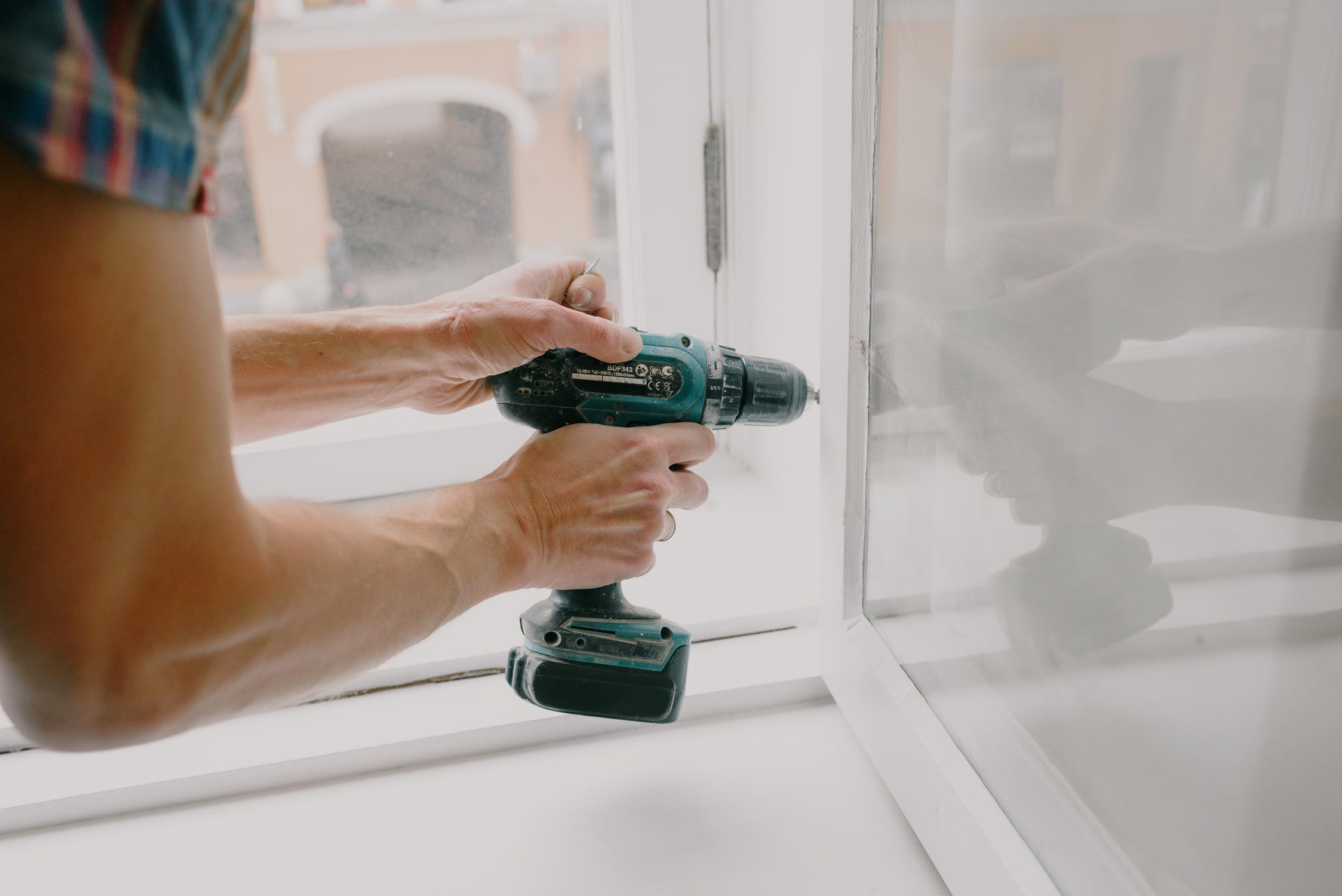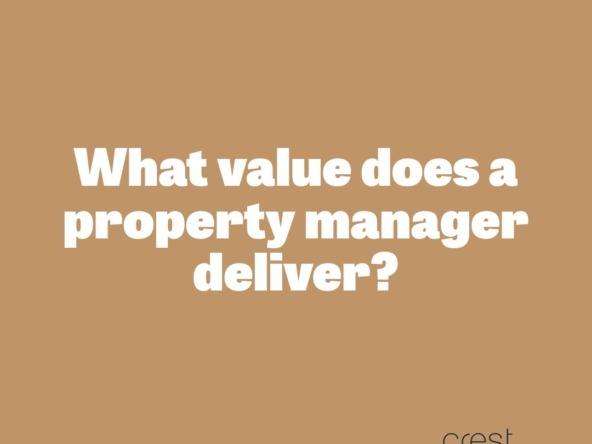Wear and tear occurs over time, particularly when the property gets older. The question asked by many investors is who is responsible? When does it fall on the rental provider or the renter? In this market insight we share some helpful information to help you determine who may be liable. Please note, we highly recommend discussing this in advance with your property manager. They are up to date with the Residential Tenancies Act 1997. If you have the time, it would be a valuable reference for you to spend time on this document.
It can be difficult to for parties to agree on this aspect. Generally renters (formerly called tenants) are not responsible for costs arising from ‘fair wear and tear’. The general living activities at home will take a toll on a property’s condition. It comes down to the assessment of fair wear and tear.
Here is a summary of two types of wear and tear and who may be liable:
Fair wear and tear – this is generally the rental providers responsibility
- Carpet deterioration in corridors or other frequently walking areas
- A worn down door lock due to age
- Paint flaking because it is old or was not applied properly
- Faded window furnishings, such as curtains caused by the daily sunlight
Neglectful wear and tear (known as damage) – this is generally the renters responsibility
- Stains on bench tops or flooring, for example wine or sauce
- Burns or holes in carpets or curtains. Something may have dropped by the renter to cause it
- The renter breaking into the home as they locked themselves out
- Mould and mildew caused by a renter not ventilating the property properly
- Damages caused by household pets
- Scratches on kitchen bench tops due to cutting food on the surface
Who is responsible for the damage?
It can be a case by case scenario, but its important that a renter communicates situations with the property manager. It would also be wise for a rental provider to employ a property manager to ensure your lines of communication are open and that the property has a regular routine inspection. Each property manager operates differently, but you can conduct a property inspection every 6 months or annually. It’s preferable to have it done 6 monthly.
When a property encounters different types of wear and tear, if discovered early, it may prevent conflict between the rental provider and renter while also reducing the potential costs as the issue may worsen.
Get advice before proceeding
The value of professional advice will fast tract your chances of owning property. You may need assistance from different professionals such as accountants, financial planners, mortgage brokers or property advisers (property advocates). Having a team of people will help you make the best decision and in a timely manner.
At Crest Property Investments we specialise in sourcing brand new and off the plan properties for buyers. If you’d like to learn more, please don’t hesitate to contact us. We do not charge fees to buyers.
You can also learn more about us on our YouTube channel.
January 2022
While we have taken care to ensure the information above is true and correct at the time of publication, changes in circumstances and legislation after the displayed date may impact the accuracy of this article. If you want to learn more please contact us. We welcome the opportunity to assist you.





